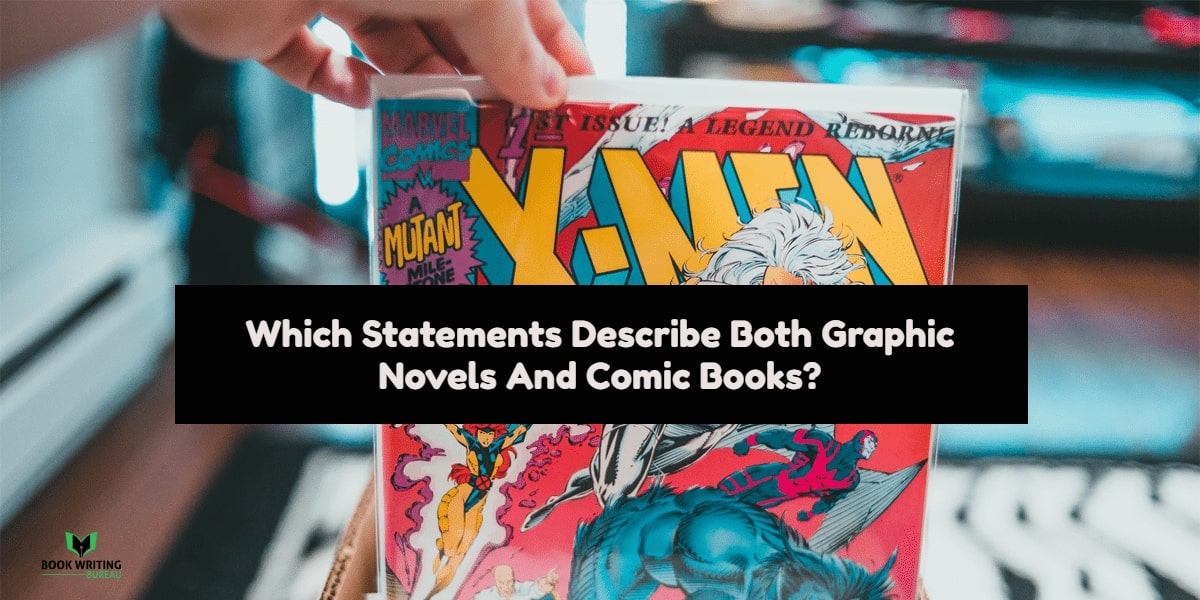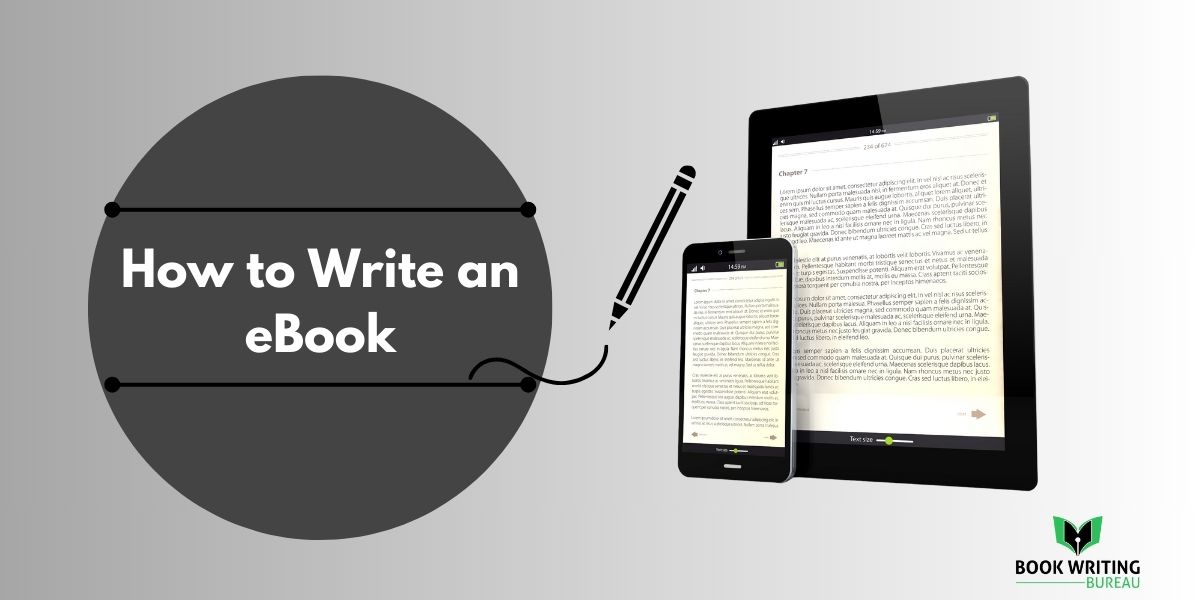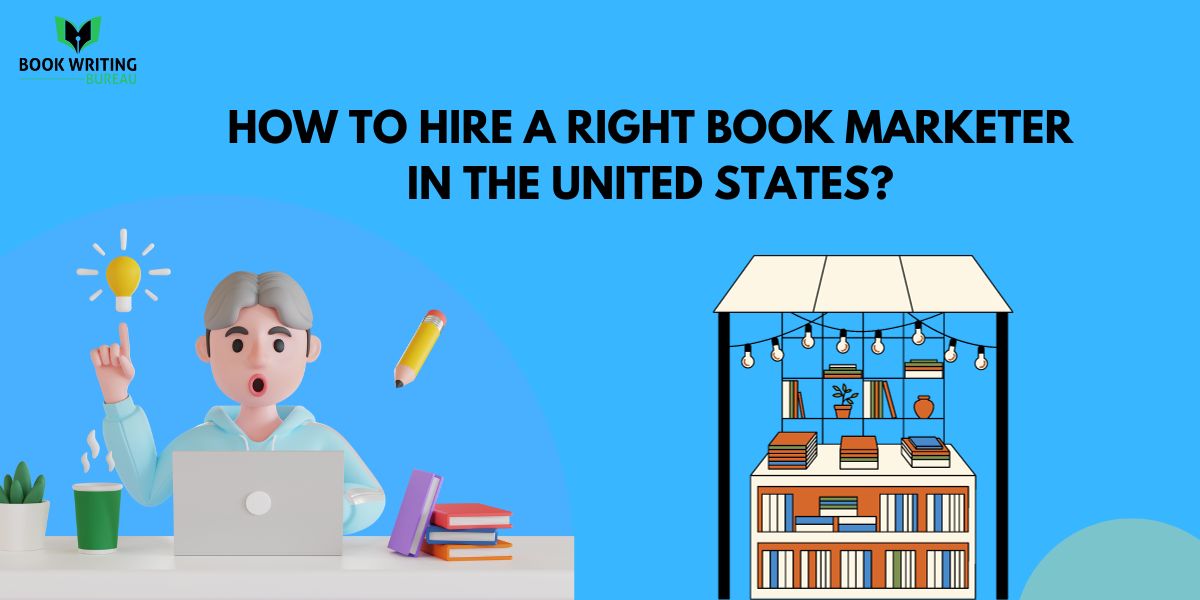
Book Novel
Both graphic novels and comic books lie in their remarkable ability to merge words with images. Each panel is written carefully, blending dialogue and illustration to convey action, emotion, and setting. This is where the comic book artist techniques play an important role.
These artists must imagine the scene, sketch the outline, and fill the details with colors, shadows, and textures. It is a dance of visual storytelling that captures the reader’s imagination, allowing them to “see” the sound of a hero’s laughter or the villain’s whisper.
This method is not just about showing; it is about telling a story in a way that words or images alone cannot. It’s an art form that requires both skill and passion.
Common Elements of Graphic Novels and Comic Books
- Genres and Themes
- Sequential Storytelling
- From Creation to Readers
- Cost and Revenue
- Ebooks and Online Publishing
1- Genres and Themes
This wide range makes them more than just entertainment; they are a mirror to society, a canvas for exploring complex issues. They can tackle heavy subjects like war, love, and loss or delight with whimsical tales of everyday life. The diversity is large and inviting, ensuring that a graphic novel or comic book speaks to you no matter who you are.
Trending Question: What Is The Most Common Purpose For Composition In Art?
2- Sequential Storytelling
Both graphic novels and comic books excel in sequential storytelling. This uses a series of images in a specific order to narrate a tale. Like sentences in a paragraph, each panel works with the next to build a scene and push the story forward. The creators must think about the flow—how one image leads to another, how the dialogue fits within the frames, and how the reader’s eye will move across the page.
Storyboarding is important here, almost like a blueprint for a building. It outlines the story’s structure before the final artwork brings it to life. And pacing is just as important—the timing of each reveal, each joke, and each cliffhanger is meticulously planned to keep readers hooked. Whether a multi-issue comic book arc or a standalone graphic novel, the story’s rhythm is key to acquiring readers.
3- From Creation to Readers
The journey from an idea to a finished product in the hands of eager readers is important. It begins, perhaps, with a writer’s vision or an artist’s sketch, but it is through an expert book publishing company that these stories find their way into the market. These companies are the gatekeepers of quality, ensuring that the graphic novels and comic books that reach the shelves are the best they can be.
For creators, understanding the nuances of book writing can be as important as their artistic talent. Here, a premium book writing service can be a valuable ally. These services guide structure, character development, and plot, ensuring the narrative is as compelling as the artwork. They can transform a rough manuscript into a polished gem.
4- Cost and Revenue
Creating graphic novels and comic books isn’t just an artistic endeavor—it’s also a financial one. Costs can accumulate from the early stages of drafting and artwork to the final steps of printing and distribution. For many creators, this is where the pragmatic side of dreams meets reality. They might jest with their peers to “lend me money,” but securing funding is a serious business involving pitching to investors, launching crowdfunding campaigns, or applying for arts funding.
On the flip side, there’s potential revenue for comic book illustrators for hire. Comic books might be sold per issue, appealing to collectors and fans who follow stories over months or years. Graphic novels, often with a higher upfront cost, can appeal as comprehensive works, often sitting on bookshelves next to classic literature. Sales, royalties, and merchandising are just some ways that creators can recoup their investments if they strike a chord with their audience.
The financial journey of creating and selling these works is complex, but it’s also a testament to the dedication of those who bring these stories to life. Let’s continue to the next chapter, exploring how digital evolution shapes these beloved mediums’ future.
Trending Question: What type of writing is most similar to an autobiography?
5- eBooks and Online Publishing
In recent years, the traditional ink and paper of graphic novels and comic books have found a new home. The best ebook writing services do not just deal with text; they also adapt the vivid panels of graphic storytelling for screens. This transition to digital formats has opened up new frontiers for creators and readers alike. Stories can be published online, reaching a global audience without physical distribution.
This digital leap is not without its challenges, such as maintaining the visual appeal on various devices and ensuring that the storytelling doesn’t get lost in translation from paper to pixel. However, the benefits are significant. Ebooks can be more accessible and often more affordable, making it easier for readers to explore new titles and for creators to share their work.
The narrative and artistic integrity of graphic novels and comic books are preserved and even enhanced through features like Zoom and click, through navigation in their digital forms. As we embrace these technological advances, we also hold onto the heart of what makes these stories so engaging—their ability to acquire and transport us through the unique interplay of words and images.
Conclusion:
As we have seen, graphic novels and comic books share storytelling elements. They are not just for children or a niche audience; they are a form of literature that speaks to the human experience through a blend of text and art. From their diverse genres to the meticulous process of sequential storytelling and from the important role of website publishers to the evolving landscape of digital publishing, these mediums have proven their resilience and adaptability.



